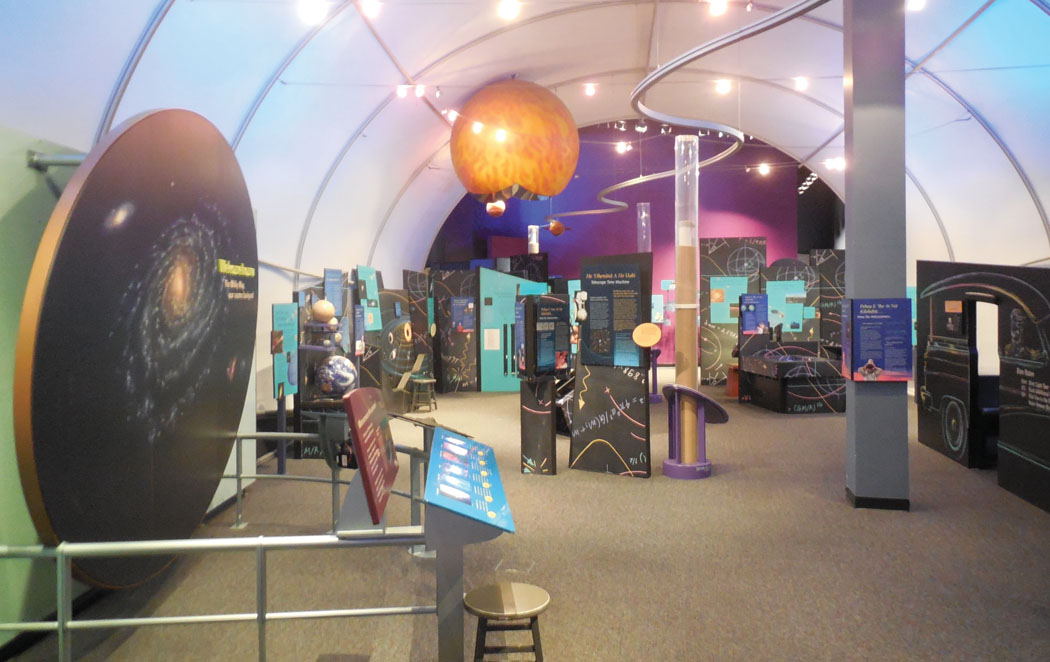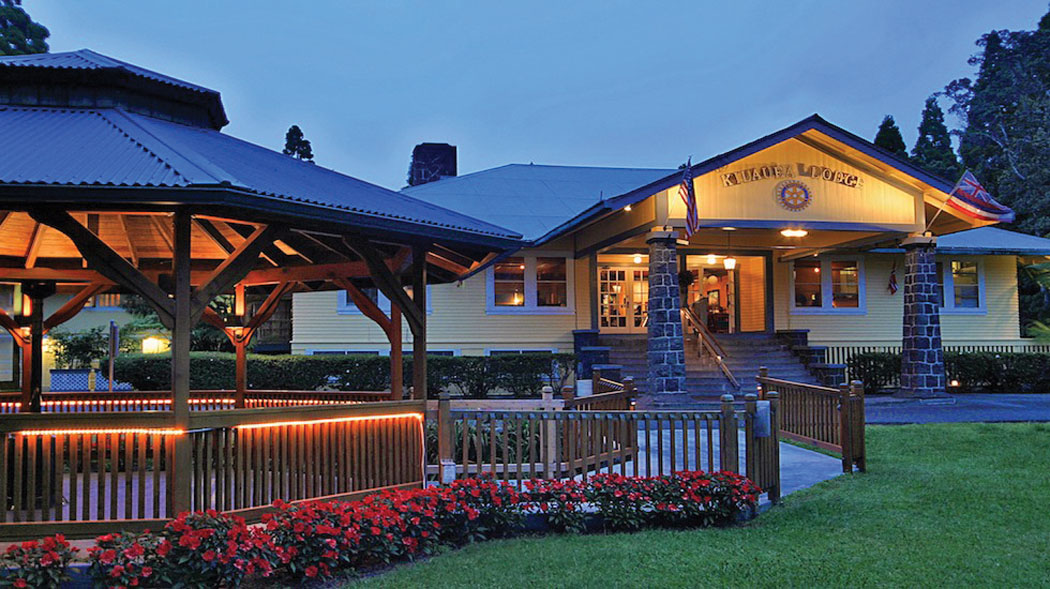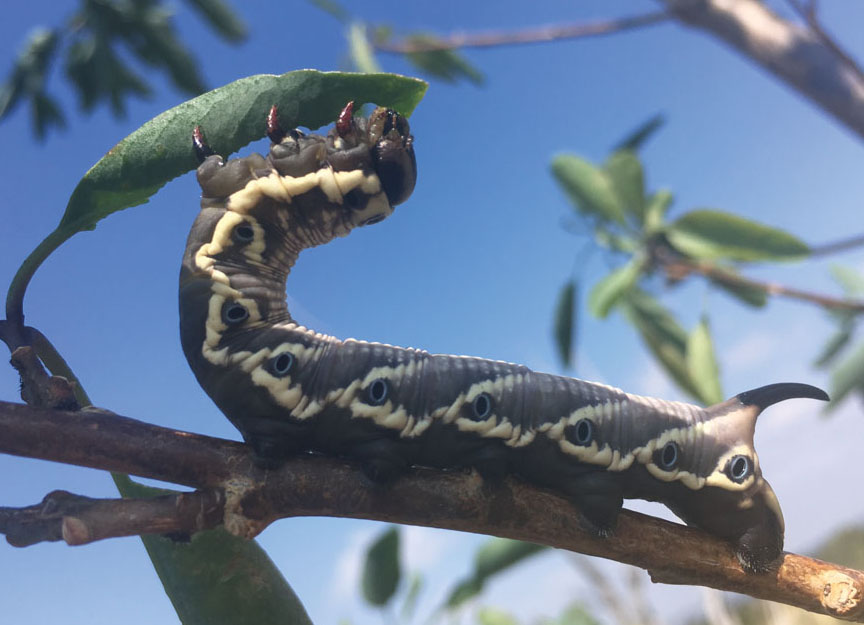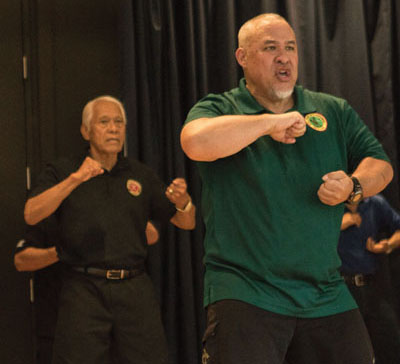
Ha‘akoa: Perpetuating Tradition, Creating Cultural Practice
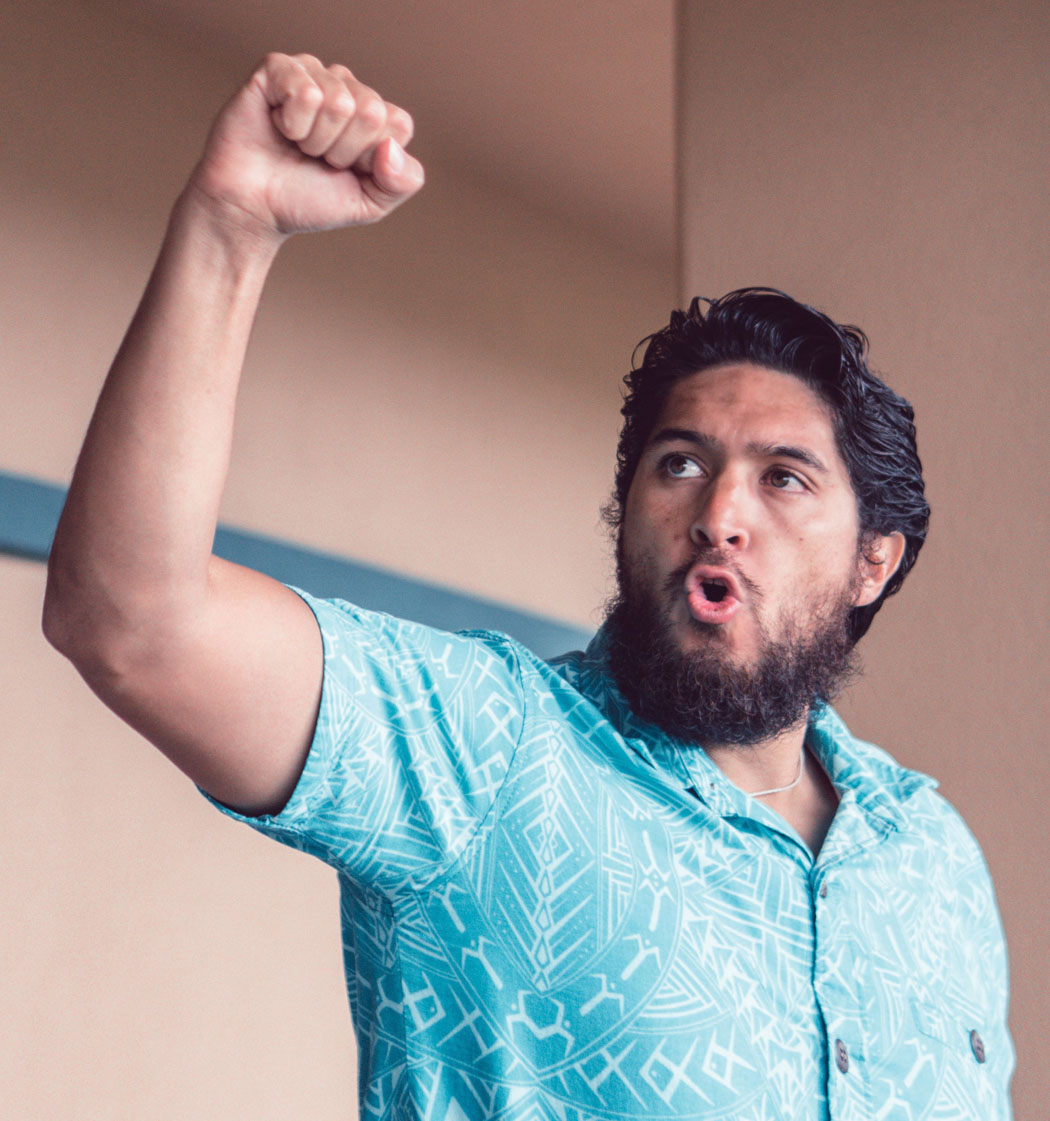
By Marcia Timboy
A custom can be a protocol or belief that has been practiced by an individual or a group for a long time. When a custom is transferred from generation to generation, it takes the form of tradition. Tradition can be explained as a custom that people have been following for a very long time.
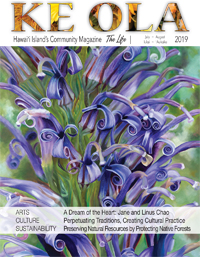
In 2008, the Royal Order of Kamehameha, Heiau o Mālamahoa, organized a committee to provide clarity on the issue of a protocol practice. Would the restoration, revitalization, and creation of such a protocol have the validity, viability, and potential of positive impact on the lāhui—the Hawaiian community?
As other Polynesian societies practiced protocols to unify and empower themselves prior to conflict or battle (most notably, the Māori haka, New Zealand’s war dance), it can be assumed that Hawaiians had similar protocols. Exactly what these may have been are no longer known today. Loss of such ancient protocols are attributed to two historical events: 1) the unification of the Hawaiian Islands by Kamehameha I, thus producing a period of the absence of active warfare; and 2) the dismantling of the kapu system (religious law). Consequently, all haka-like protocols practiced in Hawai‘i are presently recognized as modern construction with varying degrees of cultural competency.
The Royal Order concluded that in the absence of a recognized traditional cultural protocol exemplifying a strong kāne (male) energy, one must be created, which would benefit the lāhui today; however, such practices must be created in as culturally authentic means as possible.

Ha‘akoa: Dance of the Warrior
The definition of ha‘akoa incorporates ha‘a (bent knee dance style) and koa (brave, fearless, courageous, warrior, hero) or simply, dance of the warrior. Ha‘akoa does not refer to any specific dance, but to a style of dance that is done with bent knees and is ho‘o koa (warrior energy). Ha‘akoa are kāne cultural protocols that are clearly and uniquely Hawaiian: language, movement, ‘ike (feeling), and mana (spiritual power). Ha‘akoa are modern compositions that include lua, ha‘a, hula, and mele that may be hundreds or thousands of years old. Ha‘akoa may include the use of instruments such as the ipu (gourd) and pahu (drum), as well as mea kaua (warrior implements). Ha‘akoa are free from kapu and may be embraced by anyone, kāne and wāhine.
Hilo brothers Pua Ishibashi and Sky Ishibashi were (and still are) instrumental in the education, practice, and perpetuation of ha‘akoa, as a culturally competent and appropriate protocol. Both are members of the Royal Order of Kamehameha, and active within the Hawaiian community. Together, they share a fundamental understanding of the Hawaiian culture, lua (Hawaiian martial arts, hula (dance) and ‘olelo Hawai‘i (Hawaiian language.) These skill sets put them in the unique position to create ha‘akoa.
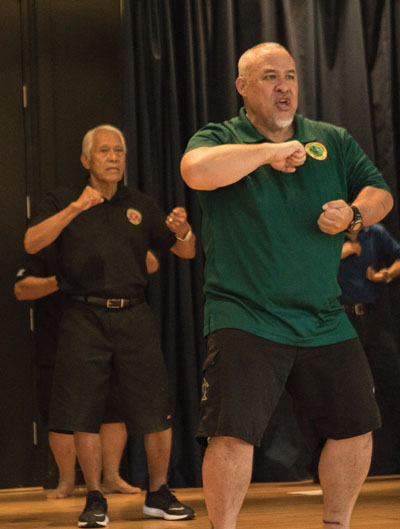
A ha‘akoa conference held on March 26, 2019 (Prince Kūhiō Day) was the follow-up event to further define, educate, and perpetuate the ha‘akoa to the lāhui and broader community.
Pua and Sky acknowledged the potential the protocol would bring to the lāhui, and over the years have compiled research and gained mana‘o (wisdom) on the Hawaiian ha‘akoa (dance of the warrior), having been involved with its perpetuation since 2008. Both are founding members of ‘Ahahui Ha‘akoa, an organization dedicated to the education and perpetuation of the ha‘akoa, as well as being members and officers of the Royal Order of Kamehameha I. (Pua and Sky would like to thank the Royal Order of Kamehameha, Māmalahoa, Office of Hawaiian Affairs, and Kamehameha Schools, for their support in the presentation of the 2019 Ha‘akoa Conference.)
“Our kāne required a strong masculine protocol, but it did not exist. As such, we were forced to borrow from our Maori cousins and use their haka. Others attempted to Hawaiian-ize the haka by using Hawaiian words and re-label it as ha‘a, while others attempted to create something Hawaiian with varying degrees of cultural competency. The ongoing issue here is one of resources—to create ha‘akoa with cultural competence and integrity requires resources. These resources include, but are not limited to an understanding of Hawaiian language and culture, hula, ha‘a, and lua. Unfortunately, most of the ha‘akoa being created and practiced falls short in one or more of these areas,” shares Pua.
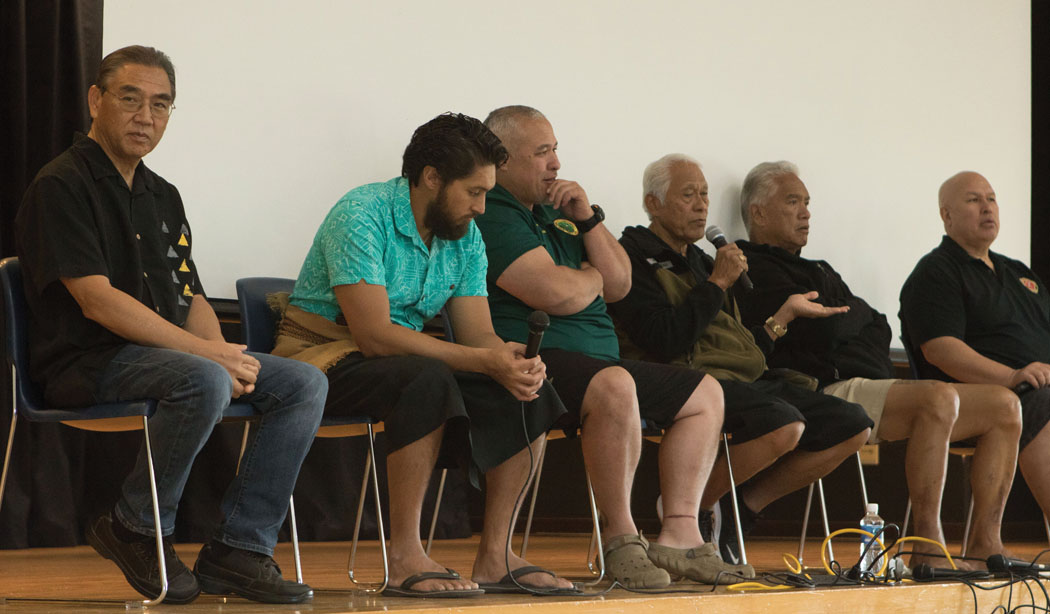
Today’s Innovation, Tomorrow’s Tradition
The study of tradition is a subject of various academic fields in social science including anthropology, archaeology, and biology. According to sociologists, three things are necessary to make a practice a tradition: (1) a large number of people must participate in the practice or recognize and accept what it is; (2) it must be passed down from one generation to another; (3) it must honor, respect, or acknowledge the past. Most sociologists believe a protocol must be carried on for at least three generations (75 years of continuous practice) before it can be considered a tradition.
“As cultural practitioners who create, practice, and share ha‘akoa, we must ensure that what we are doing is culturally competent. Because what we create today as innovations may one day be recognized and accepted as traditional cultural protocols,” shares Pua.
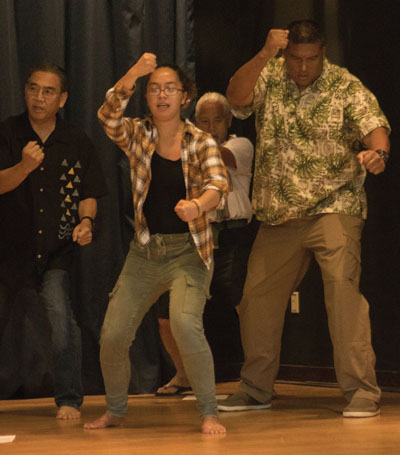
The insightful words and mana‘o of cultural historian Dr. George Kanahele are to be considered as the guideline for such an undertaking: “Understand, therefore, that the Renaissance does not mean a literal rebirth of classical Hawaiian traditions, dances, chants and so forth. To believe otherwise is to make a fetish out of tradition. We’ve lost too much already. Who knows, for example, what a truly traditional, pre-1778 chant sounds like? And even if we did, could anyone recreate it exactly? Who would want to anyway? Creative artists are not mindless copycats. They strive to express their own selves and their own time. Consequently, todayʻs chants are not the same as those of 1778. They are different, yet they still retain some identifiable characteristics that we can call Hawaiian. What precisely are those characteristics, those standards by which we judge what is artistically and culturally honest, are sometimes questionable. Sometimes they lead to arguments. And, God knows, we have a lot of arguments among Hawaiians. Maybe that, too, is evidence of dynamic culture. I don’t know. At any rate, while we try to insist on certain standards of cultural integrity and authenticity, we must realize the historical reality of inevitable change. Thus, in our efforts to rediscover our roots, to reaffirm our heritage, to revive our past, we cannot always be too clear about precisely what we are rediscovering, reaffirming, or reviving. It may well be that much, if not most, of what we are reviving is new traditions that look like old traditions” (G.S. Kanahele, The Renaissance, 1979).
Though ha‘akoa celebrates Hawai‘i’s proud warrior heritage and the virtues of strength and honor, they are not associated with the ancient Hawaiian religion, or death and darkness. So, why the aggressive warrior energy? Ha‘akoa are referred to as dances of the warrior because they are protocols that will unify and empower an individual or group relative to overcoming an enemy. The battle is the process to overcome whatever the challenge or obstacle (enemy) may be. The challenge may include ourselves, others, governments, false doctrine, or unrighteousness in high places. The message and intent of ha‘akoa are not to harm, but to show unity and commitment to overcome the challenge. The energy and ferocity of ha‘akoa chants and movements symbolize how the “enemy” will be dismantled, overcome, and defeated.
Besides being dances of the warrior, ha‘akoa honors the kūpuna (ancestors) and Hawai‘iʻs proud warrior heritage with the virtues of aloha (love), koa (strength), lōkahi (unity), and mana. As such, ha‘akoa may be used to not only empower those facing a challenge, but also honor those who have successfully overcome challenges. Ha‘akoa can benefit the lāhui in many different ways and at many different levels, physically, mentally, and spiritually.
The resurgence of cultural protocols like ha‘akoa can serve as an inspirational message to others in the global community, as well. ❖
Eia Hawai‘i*
| Eia Hawai‘i a he moku A he kanaka ‘eā ē! A he kanaka ‘eā ē! A he kama na Kahiki He pua ali‘i mai Kapa‘ahu He kanaka Hawai‘i ‘eā ē! He kanaka Hawai‘i ‘eā ē! Mai Moa‘ulanui a kea Kanaloa He kanaka Hawai‘i ‘eā ē! He kanaka Hawai‘i ‘eā ē! A he mo‘opuna na Kahiko Laua ‘o Kapulanakehau He kanaka Hawai‘i ‘eā ē! He kanaka Hawai‘i ‘eā ē! |
Here is Hawai‘i, an island A Hawaiian man! A Hawaiian man! A child of Kahiki (Tahiti/East) A royal flower from Kapa‘ahu Hawai‘i Island A Hawaiian man! A Hawaiian man! From Moa‘ulanui Kanaloa a Hawaiian man A Hawaiian man! A Hawaiian man! A grandchild of Kahiko And Kepulanakehau A Hawaiian man! A Hawaiian man! |
“Eia Hawai‘i” is a chant with origins to the 12th century. According to Abraham Fornander, High Chief Mō‘īkeha sailed to Hawai‘i from Kahiki (Tahiti) in the 12th century. Seeing Maunakea from a distance, the royal canoe headed towards Moku o Keawe (Hawai‘i Island). Upon arriving in Hilo Bay, the Chief’s hānai (adopted) son and navigator, Kamahualele, stood on the pola (platform) of the royal canoe and began this mele (chant) to convince High Chief Mō‘īkeha that this was a good place to make their new home.
In 2018, Ali‘i ‘Aimoku David Heaukulani (High Chief of Māmalahoa) commissioned the creation of a ha‘akoa for the practice and benefit of Māmalahoa. The creation was a collaborative effort between Sky Ishibashi, Kaimi Bourne, Pua Ishibashi, and Wally Wong. *The result is a ha‘akoa based on Eia Hawai‘i. Shortly after its creation, Ali‘i ‘Aimoku David Heaukulani proclaimed Ha‘akoa Eia Hawai‘i a makana (gift) to the lāhui (kāne & wāhine) for its use and benefit.
Historical Note: Fornander (1812–1887), a loyalist to the Kingdom of Hawai‘i, was also a journalist, historian, author, ethnologist, judge, member of the Privy Council of the Kingdom of Hawai‘i, governor of Maui, and member of the Royal Order of Kamehameha I.
For more information: haakoa.com/
mamalahoa.org/kamehameha/royal-order-of-kamehameha-i/
kapalama.ksbe.edu/archives/PVSA/primary%202/79%20kanahele/kanahele.htm oha.org
ksbe.edu
